Cats are mysterious creatures, often leaving us guessing about their true feelings. Have you ever wondered if your feline friend is hiding something from you? Cats, with their enigmatic eyes and subtle gestures, may be holding back emotionally. Understanding their behavior can deepen your bond and bring out their true personality. Let’s dive into the fascinating world of feline emotions and uncover the secrets your cat might be keeping from you.
Unusual Hiding Habits
If your cat suddenly starts hiding more than usual, it could be a sign that they’re emotionally withdrawn. Cats are naturally curious and love to explore, but when they’re feeling overwhelmed, they might retreat to a safe space. This behavior is akin to humans needing some alone time when stressed. It’s important to observe if this hiding is accompanied by other changes, like a lack of interest in activities they once loved. A sudden preference for solitude might indicate that your cat is dealing with something emotionally taxing.
Changes in Appetite
A change in your cat’s eating habits could be more than just a picky palate. If your cat is eating significantly less or more than usual, it might be an emotional response. Cats sometimes eat less when they’re feeling anxious or depressed, similar to how humans might lose their appetite during stressful times. Conversely, some cats might overeat as a form of comfort. Monitoring their diet and being mindful of any abrupt changes can offer clues to their emotional state.
Reluctance to Play
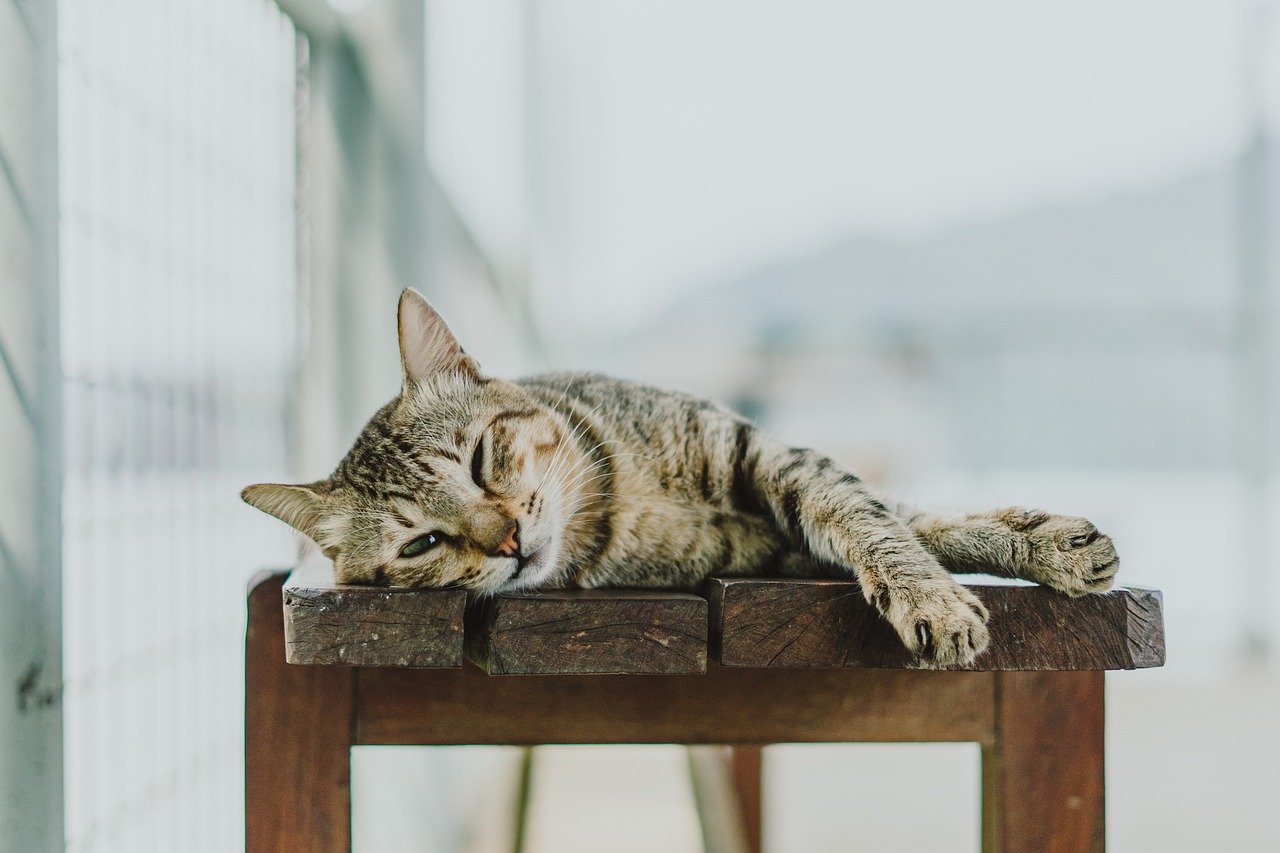
Playtime is a significant part of a cat’s life, offering both physical and mental stimulation. If your cat shows a lack of interest in play, it might be a sign of emotional withdrawal. Cats often express their feelings through play, and a sudden disinterest can indicate that something is amiss. Imagine a child not wanting to play with their favorite toy; it would certainly raise a red flag. Encouraging gentle play and engaging them with new toys can sometimes help rekindle their interest.
Avoiding Affection
Cats are known for their independent nature, but they also enjoy moments of affection. If your cat starts avoiding your touch or shying away from cuddles, it might be holding back emotionally. This behavior can be particularly telling if your cat was previously affectionate. It’s similar to a person who suddenly becomes distant in a relationship. Observing their body language, like flattened ears or a twitching tail, can provide additional insights into their emotional state.
Altered Grooming Habits
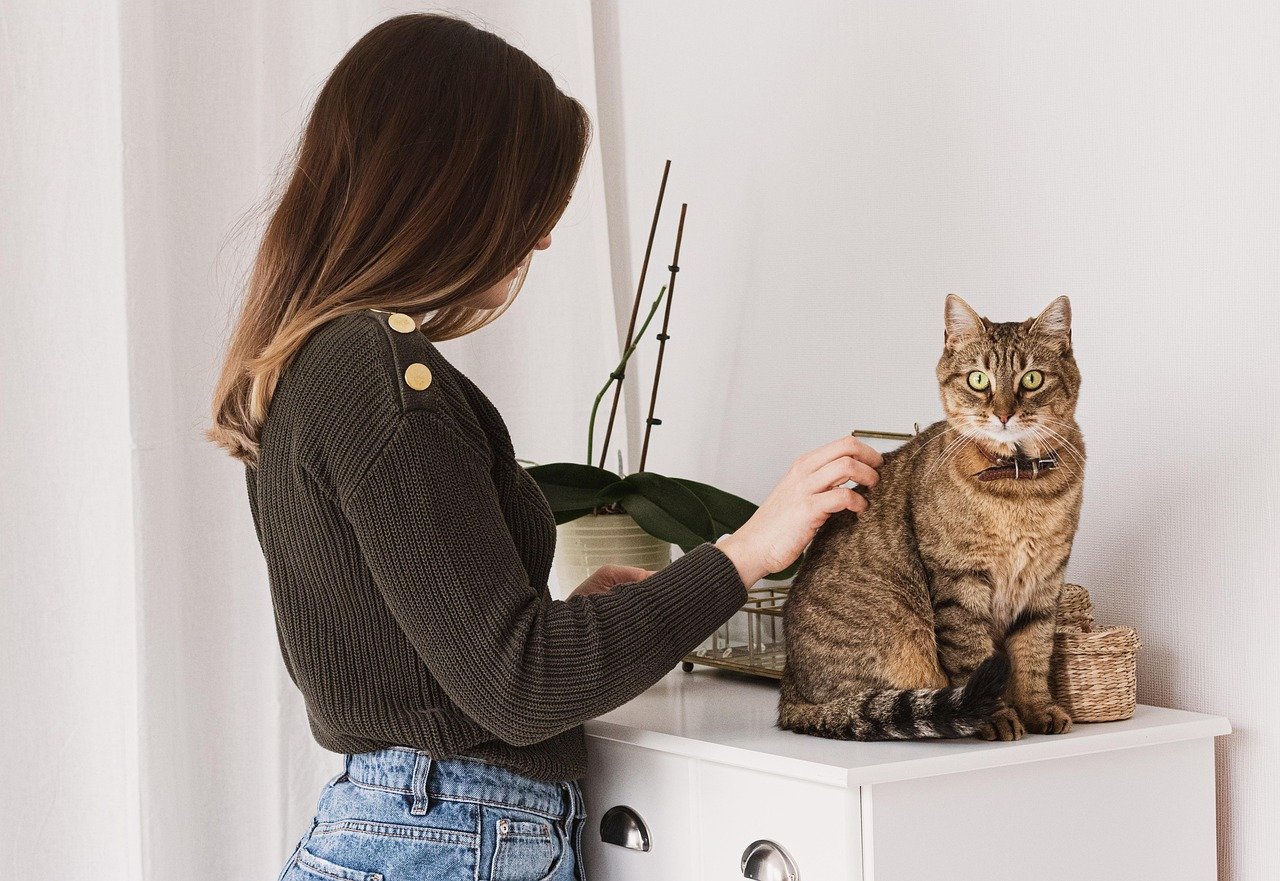
Grooming is a crucial part of a cat’s routine, helping them stay clean and relaxed. If your cat is over-grooming or neglecting grooming altogether, it might be a sign of emotional distress. Over-grooming can be a coping mechanism, similar to humans biting their nails when anxious. On the other hand, a lack of grooming can indicate depression or a lack of interest in self-care. Keeping an eye on these habits can help you gauge your cat’s emotional well-being.
Uncharacteristic Vocalizations
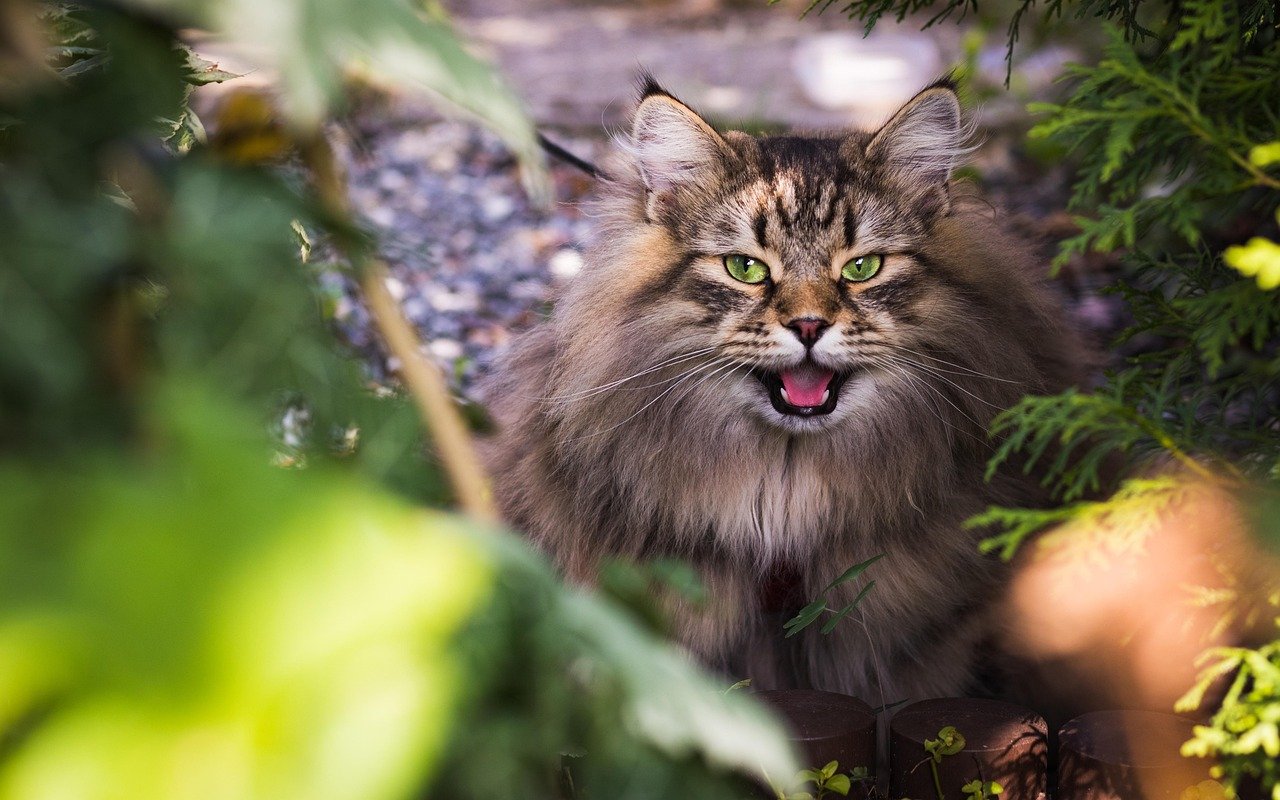
Cats communicate a lot through their vocalizations. If your cat suddenly becomes more vocal or quieter than usual, it might be trying to tell you something. Increased meowing can be a sign of anxiety or a cry for attention, while reduced vocalizations might indicate sadness or withdrawal. Think of it like a friend who talks more when they’re nervous or clams up when upset. Paying attention to these changes can help you understand what your cat might be feeling.
Increased Aggression
Aggression in cats can often be a manifestation of underlying emotional issues. If your usually calm cat starts showing signs of aggression, like hissing or swatting, it might be holding back emotionally. This behavior can be likened to a person lashing out when they’re upset or frustrated. Understanding the triggers for this aggression can help address the root cause. It’s crucial to approach this situation with patience and empathy, as punishing the behavior can exacerbate the problem.
Changes in Litter Box Habits
Litter box habits can tell you a lot about your cat’s emotional state. If your cat starts having accidents outside the litter box, it might be experiencing emotional distress. This behavior can be compared to a child acting out when they’re upset. It’s important to rule out any medical issues first, but if everything checks out, emotional factors might be at play. Ensuring that the litter box is clean and in a quiet location can help alleviate some of the stress.
Body Language Cues
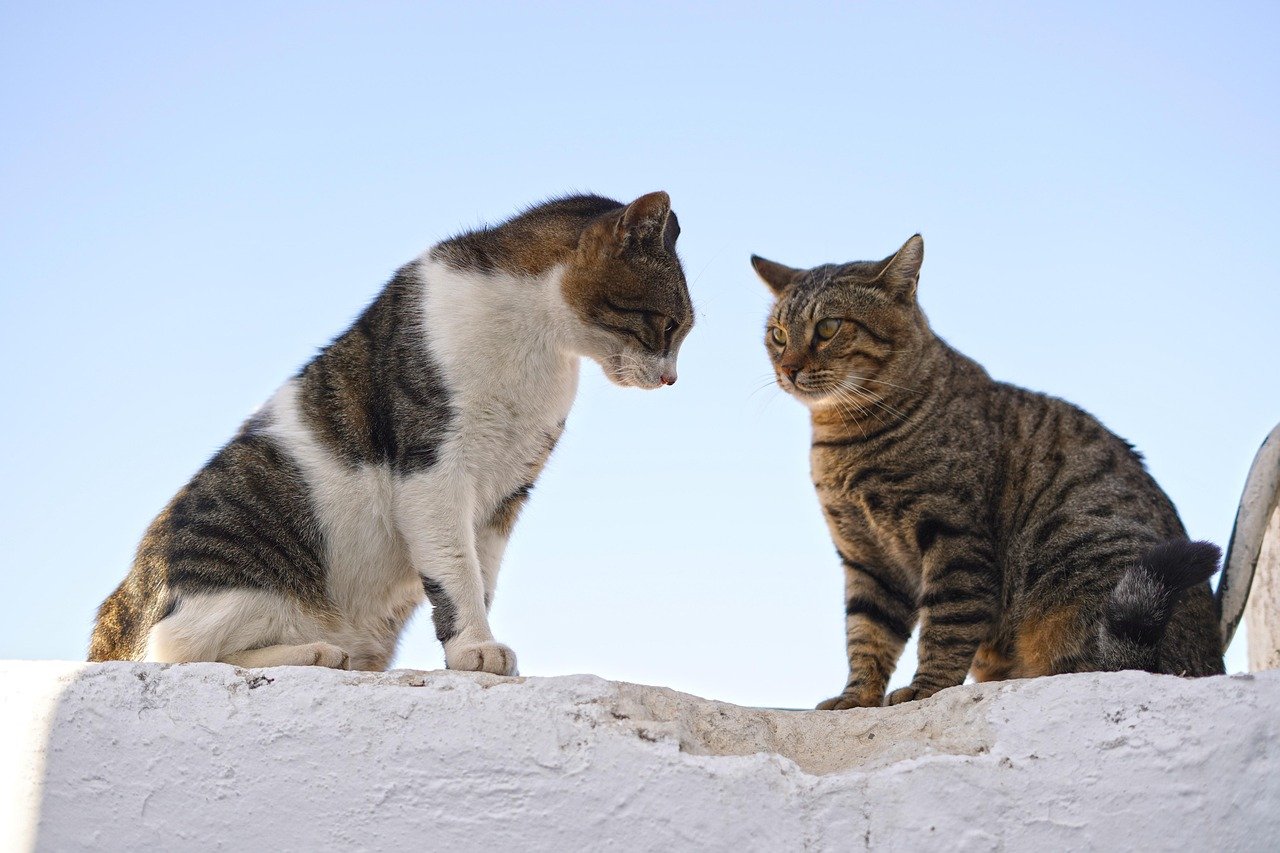
Cats communicate a lot through their body language. Observing your cat’s posture, tail movements, and ear positions can offer insights into their emotional state. A cat that’s holding back emotionally might have tense muscles, a tucked tail, or flattened ears. These subtle cues are like reading between the lines in a conversation, providing a glimpse into their inner world. Being attuned to these signals can help you respond appropriately to your cat’s needs.
Reluctance to Explore
Cats are naturally curious creatures, always eager to explore their surroundings. If your cat suddenly becomes hesitant to explore new spaces or objects, it might be holding back emotionally. This reluctance can be akin to a person who loses interest in hobbies or activities they once enjoyed. Encouraging exploration with gentle coaxing and creating a stimulating environment can help reignite their curiosity and confidence.
Excessive Sleeping
While cats are known for their love of sleep, excessive sleeping can be a sign of emotional distress. If your cat is sleeping much more than usual, it might be using sleep as an escape from emotional turmoil. This behavior can be compared to a person who sleeps more when they’re feeling down. Monitoring their sleep patterns and ensuring they have access to enriching activities can help address this issue.
Sudden Fearfulness
A cat that becomes suddenly fearful or skittish might be holding back emotionally. This behavior can be triggered by changes in their environment or past traumatic experiences. Imagine a person who becomes jumpy after a frightening event; it’s a similar response. Creating a safe and comforting environment can help your cat feel more secure and less anxious.
Resistance to Change
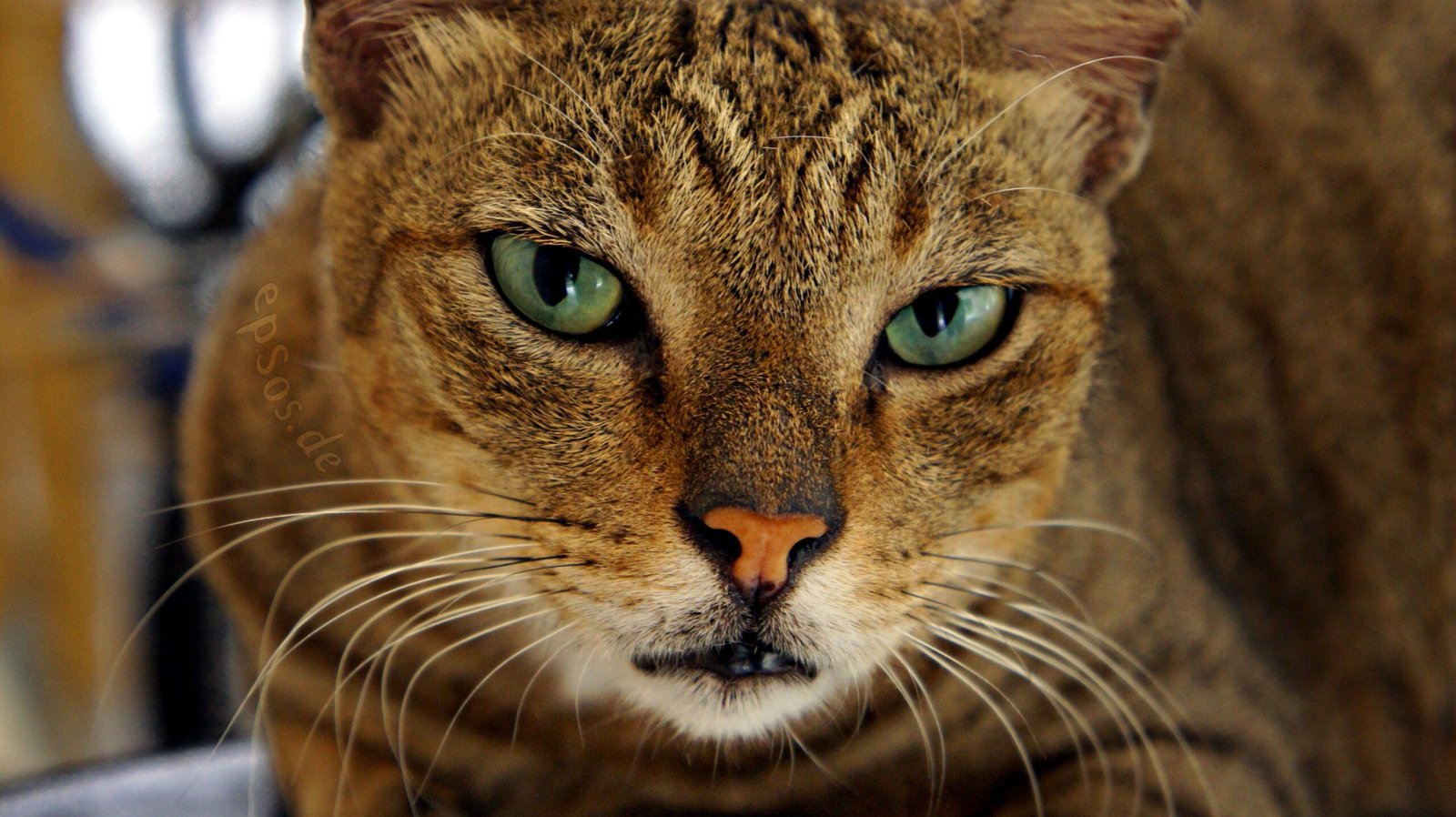
Cats are creatures of habit and can become emotionally distressed with changes in their routine or environment. If your cat is resisting changes, like a new feeding schedule or a different litter box location, it might be holding back emotionally. This resistance can be likened to a person who struggles to adapt to change. Gradual transitions and maintaining consistency can help ease their anxiety.
Loss of Interest in Companionship
Cats often enjoy the company of their human family or other pets. If your cat starts distancing itself from others, it might be holding back emotionally. This behavior can be compared to a person who withdraws from social interactions when they’re feeling down. Encouraging social interaction and providing positive reinforcement can help your cat feel more connected and secure.
Unusual Scratching Behavior
Scratching is a natural behavior for cats, but unusual scratching patterns can be a sign of emotional distress. If your cat starts scratching furniture or other objects more frequently, it might be trying to release pent-up emotions. This behavior can be likened to a person who fidgets when anxious. Providing appropriate scratching posts and outlets for their energy can help alleviate this behavior.
Increased Sensitivity to Touch
If your cat becomes more sensitive to touch, it might be holding back emotionally. This increased sensitivity can manifest as flinching or pulling away when petted. It’s similar to a person who becomes more guarded when they’re feeling vulnerable. Being gentle and respecting your cat’s boundaries can help build trust and comfort.
Unexplained Weight Changes
Unexplained weight gain or loss can be a sign of emotional issues in cats. If your cat’s weight changes without any dietary adjustments, it might be holding back emotionally. This change can be likened to a person who gains or loses weight due to stress or emotional upheaval. Consulting with a veterinarian and monitoring their diet can help address any underlying issues.
Excessive Grooming of Others
Cats sometimes groom other pets as a sign of affection, but excessive grooming can indicate emotional distress. If your cat is constantly grooming another pet, it might be seeking comfort or reassurance. This behavior can be compared to a person who seeks physical contact when they’re feeling anxious. Observing this behavior and ensuring your cat feels secure can help address their emotional needs.
Unusual Posture
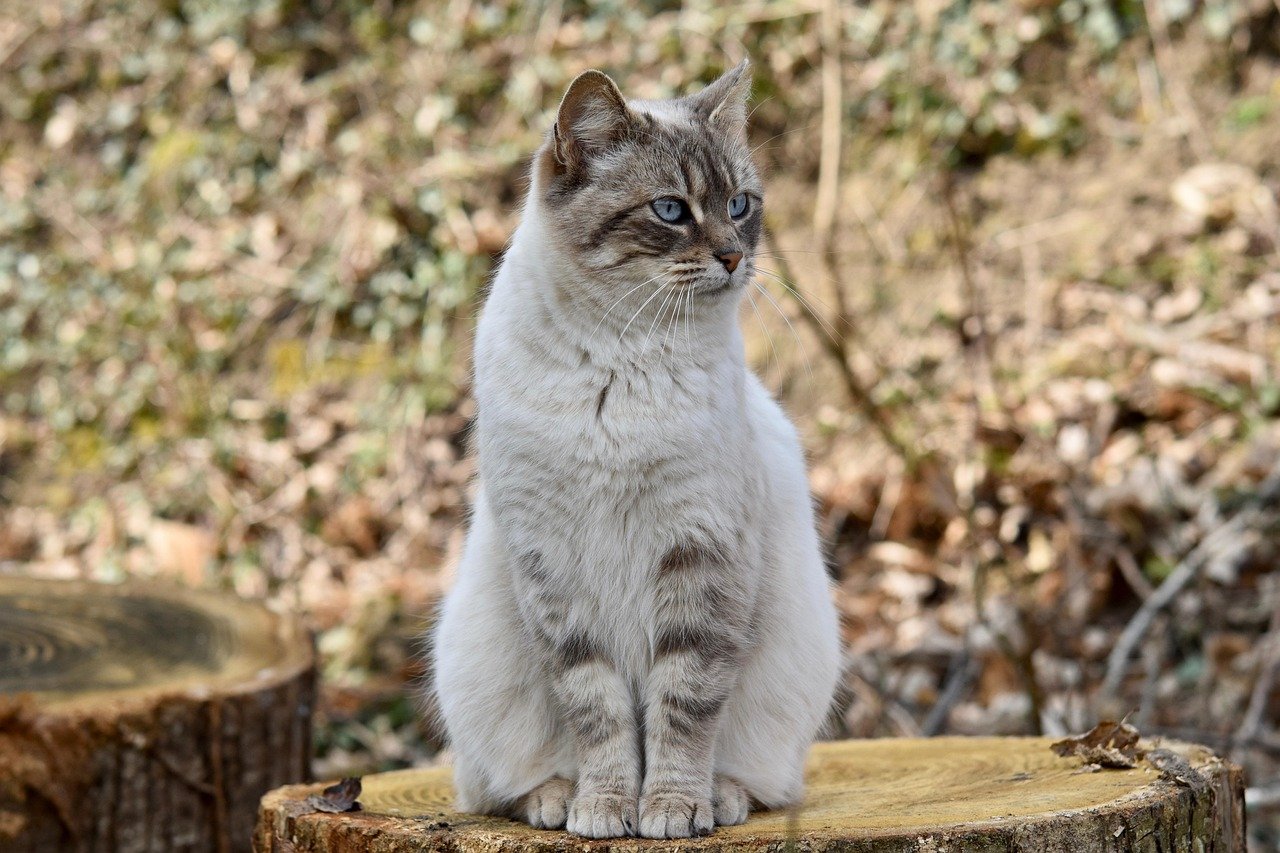
A cat’s posture can reveal a lot about its emotional state. If your cat adopts an unusual posture, like crouching low to the ground or arching its back, it might be holding back emotionally. This behavior can be likened to a person who slouches when feeling down or anxious. Being mindful of these postures and providing a comforting environment can help your cat feel more at ease.
Difficulty in Settling Down
If your cat has trouble settling down or seems restless, it might be holding back emotionally. This restlessness can be similar to a person who paces when they’re anxious or unable to focus. Creating a calm and soothing environment with cozy spots can help your cat relax and feel more secure.
Understanding your cat’s emotional state can be a rewarding journey, helping you forge a deeper connection with your feline friend. By paying attention to these subtle cues, you can offer the support and comfort they need, bringing out the best in your relationship. So, the next time you observe your cat’s behavior, ask yourself: What might they be trying to tell me?
Hi, I’m Bola, a passionate writer and creative strategist with a knack for crafting compelling content that educates, inspires, and connects. Over the years, I’ve honed my skills across various writing fields, including content creation, copywriting, online course development, and video scriptwriting.
When I’m not at my desk, you’ll find me exploring new ideas, reading books, or brainstorming creative ways to solve challenges. I believe that words have the power to transform, and I’m here to help you leverage that power for success.
Thanks for stopping by, Keep coming to this website to checkout new articles form me. You’d always love it!






